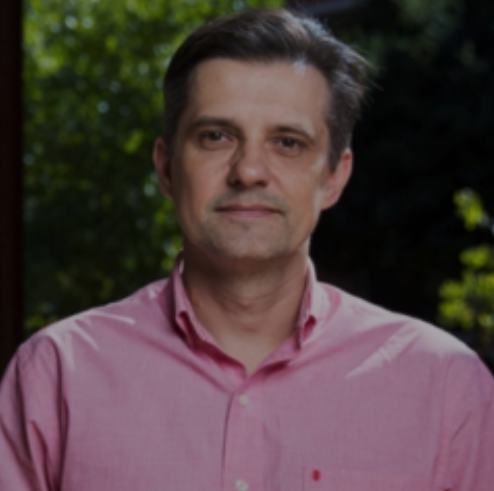Abstract: The research in nanoplasmonics has attracted an appreciable interest from various sides of the scientific community including physics, materials science, chemistry, and biology. At the heart of the primary interest in plasmonics is the strong electromagnetic field localization at resonant frequencies corresponding to surface plasmon-polariton modes. Due to remarkable progress in nanomanufacturing experimental capabilities have achieved riveting spatial precision when building plasmonic systems ranging from nanoparticles of various shapes to metasurfaces comprised of periodic arrays of nanoparticles and/or nanoholes of different geometry. Even though characteristic quality factors of plasmon modes are relatively low, large local field enhancements make such systems very attractive for numerous applications in chemistry and biology.
Furthermore, the strong field localization at resonant frequencies means small mode volumes, which in turn opened up a new research direction now commonly referred to as polaritonic chemistry. By utilizing plasmonic systems as resonant cavities one can investigate how optics of quantum emitters (such as molecular aggregates, quantum dots, transition metal dichalcogenide monolayers, etc.) changes. When the coupling strength between ensembles of quantum emitters and a local electromagnetic field surpasses all the damping rates, the system enters the strong coupling regime forming polaritonic states, which have properties of both light and matter. In addition to various fundamental questions arising from modeling, it has been shown that such materials can lead to modified chemistry.
In this talk I will discuss the nonlinear dynamics of quantum emitters strongly coupled to plasmonic materials of various geometries. The employed model relies on coupled hydrodynamic- Maxwell-Bloch equations considered in three dimensions and propagated in time domain. This model combines the nonlinear response from both metal and emitters. Such an approach allows us to scrutinize fast dynamics of polaritonic states and characterize contributions of the strong coupling to nonlinear optical phenomena such as second harmonic generation (SHG). I will discuss the first observation of SHG from atomically thin WSe2 strongly coupled to a single gold nanorod. Remarkably, the pump-frequency dependence of SHG signals displays a pronounced splitting, which can be explained by a coupled-oscillators model with second order nonlinearities. The second part of my talk pertains to the theoretical study of SHG in periodic arrays of nanopillars interacting strongly with ensembles of quantum emitters under incoherent pump. Calculations of the SHG efficiency for strong emitters-plasmon coupling demonstrates orders of magnitude enhancement facilitated by the polariton gain. I will also discuss recent advances in understanding of physics of SHG by periodic hexagonal arrays of triangular nanoholes.
Speaker:
Institution:
Location:

